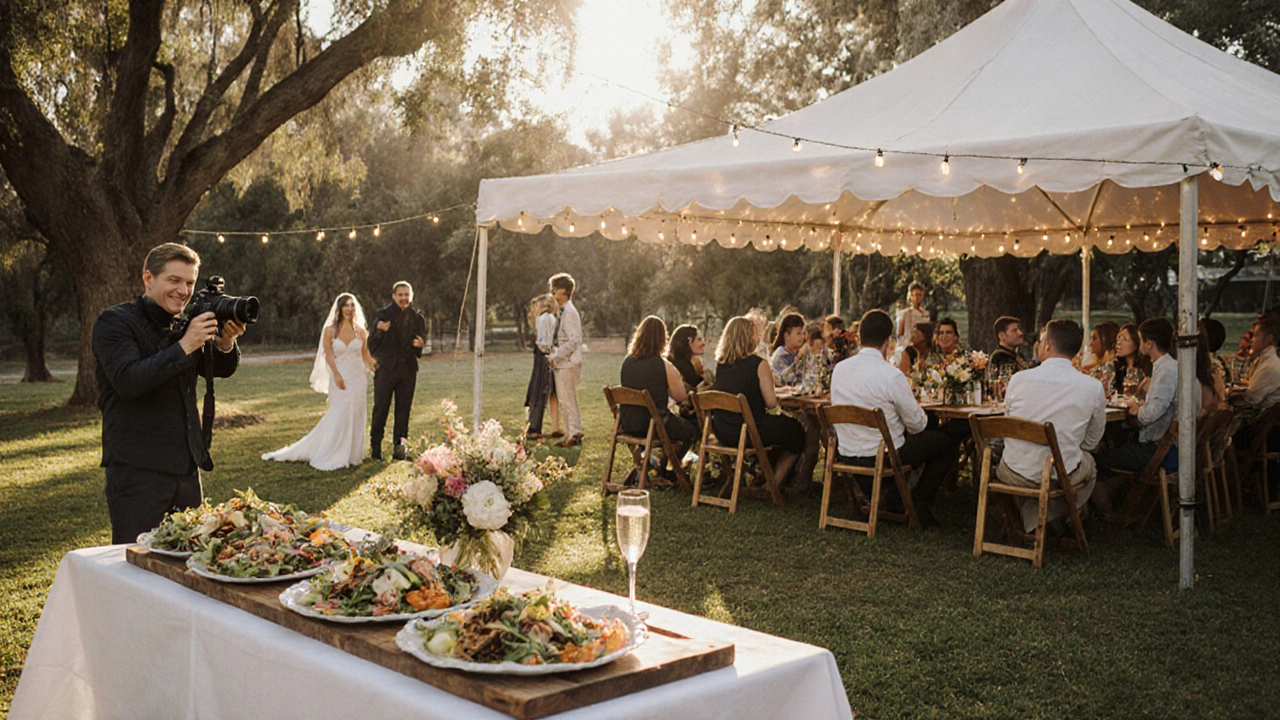Average Wedding Cost: What Couples Really Spend
When you hear the term Average Wedding Cost, the typical total amount couples spend on ceremony, reception, attire, and related services. Also known as wedding price average, it helps you set realistic expectations and compare options. Knowing the average wedding cost is the first step in turning a dream day into a doable plan. Most couples start with a wedding budget, a detailed spreadsheet that allocates money to each category. The budget acts like a roadmap, showing where you can splurge on a designer veil and where a DIY approach saves pennies. Wedding expenses, the individual costs for venue, catering, attire, photography, and more feed into the overall average, and they vary wildly by location, guest count, and personal style. For example, a venue in the Cotswolds may command a premium, while a garden ceremony with a modest guest list keeps the venue fee low but may raise the need for rental furniture. Wedding planning, the process of coordinating all elements from timeline to vendor contracts influences costs too, because hiring a planner can reduce hidden fees, yet adds a service charge. Even the tradition of wedding gifts plays a role; generous cash gifts from guests can offset some expenses, while thoughtful presents from family members add emotional value without a price tag. By breaking down the average into these sub‑entities—budget, expenses, planning, and gifts—you get a clearer picture of where your money goes and where you might trim without sacrificing the vibe you want.
Understanding the Numbers Behind Your Big Day
Across the UK, recent surveys show the average wedding cost hovers around £30,000, but the range is huge—some couples spend under £10,000, others exceed £50,000. The biggest spenders are typically the venue (about 30% of the total), followed by catering (25%), and photography/videography (10%). Dress and veil costs, where our boutique shines, average £1,500‑£3,000 for a custom piece, yet they can be a small fraction of the overall budget if you prioritize other areas. Seasonal timing matters: a summer wedding in peak months can add 15‑20% to venue fees, while a winter ceremony may lower them but increase heating and décor costs. Guest count is a multiplier—each additional guest adds roughly £80 to catering, plus extras for seating and favors. When you align your wedding budget with these real‑world numbers, you can set a target that feels realistic. Tools like budget calculators and expense trackers help you monitor every pound, while allocating a contingency fund (about 5‑10% of the total) prepares you for surprise fees. Finally, remember that the average is just a benchmark; your personal priorities—whether it’s a stunning veil, a live band, or a destination setting—will shape the final tally. Below you’ll find a curated list of articles that dive deeper into each cost component, share budgeting hacks, and give you actionable tips to keep the spend under control while still creating a memorable celebration.
Is $10,000 Enough for a Wedding? Budget Breakdown & Practical Tips
Discover if $10,000 can fund a wedding in Australia and learn how to allocate, stretch, and plan every expense with real examples and a practical checklist.
Read more